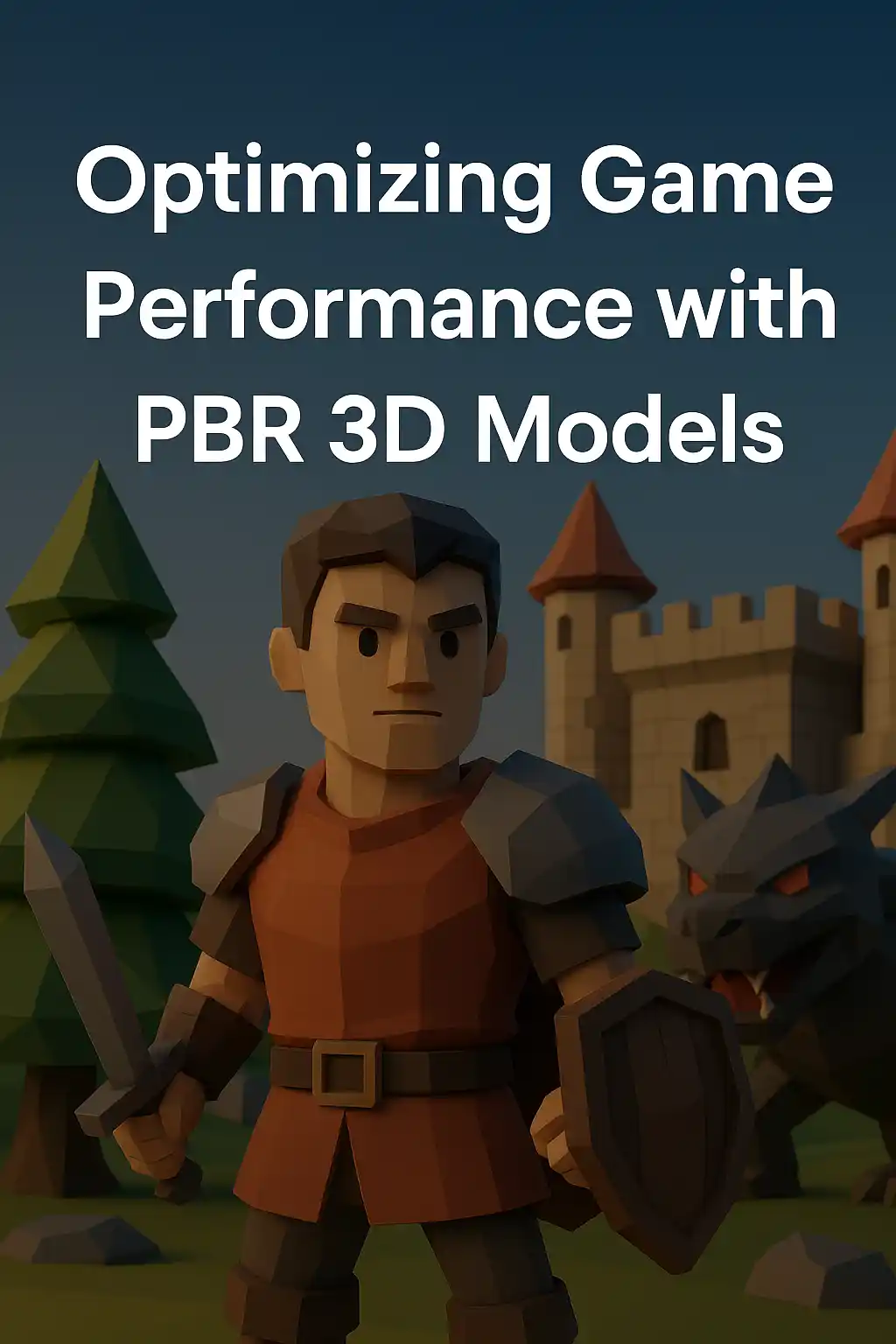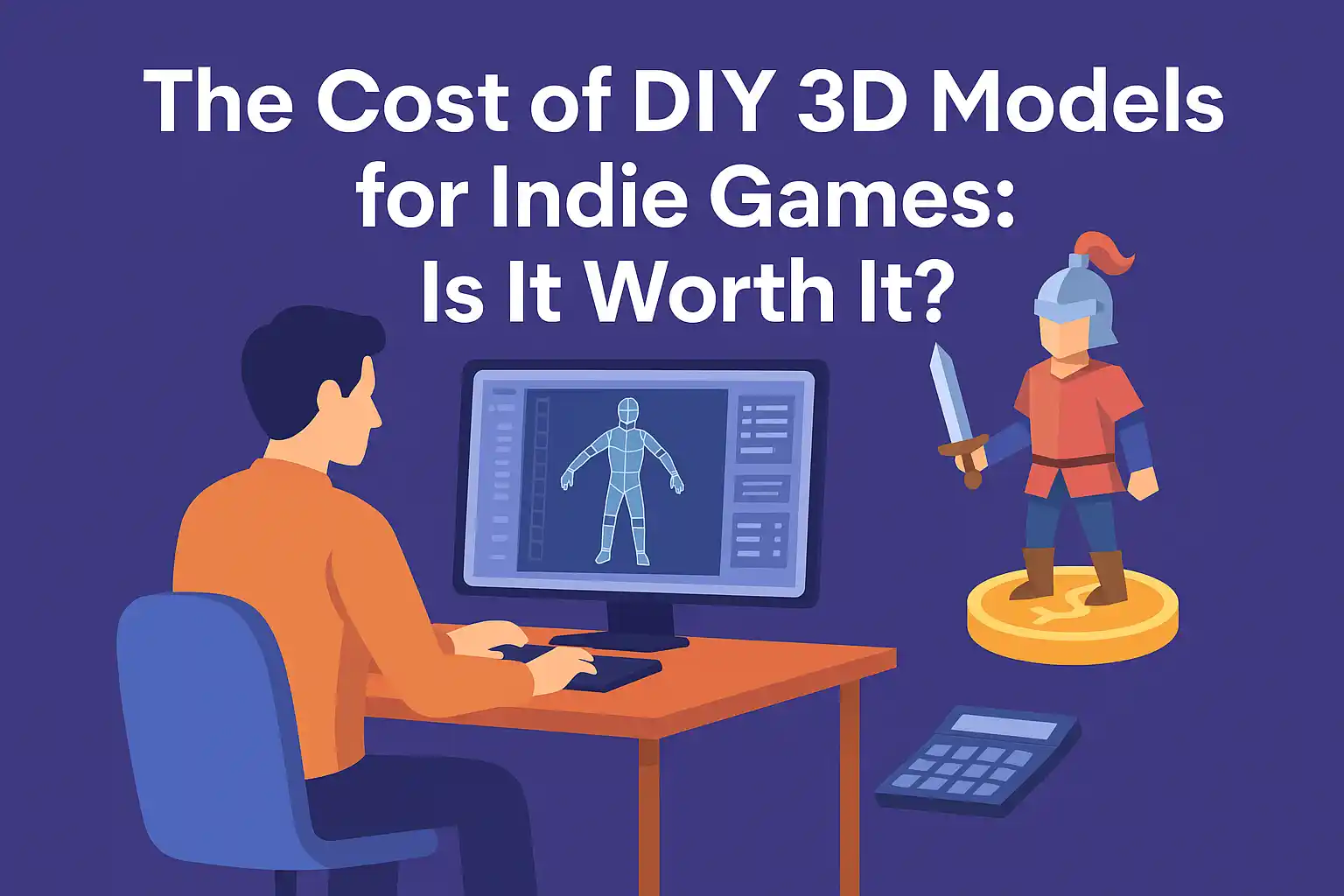The Future of 3D Architecture Design: Trends to Watch
by Animatics Asset Store in Uncategorized on September 8, 2025The world of 3D architecture design is changing fast. Technology is improving every day, opening up new possibilities for architects and designers. In 2025, 3D modeling will continue to shape how we build and imagine spaces. Architects now have tools that were once impossible or very expensive. The future of architecture is not just about designing buildings but creating interactive, immersive environments.
This article will explore the top trends in 3D architecture design to look out for. We will also look at how these trends will affect buildings, homes, and spaces in the future.
The Role of VR And AR
Creating Immersive Experiences
The combination of virtual reality (VR) and augmented reality (AR) in 3D architecture design is making waves. VR and AR allow architects to experience and explore their designs in new ways. Instead of just looking at 2D blueprints or static models, these technologies offer a full immersive experience.
Why It’s Important
- Improved Visualization: With VR and AR, architects and clients can “walk through” a design before it’s built. This makes it easier to understand and perfect the design.
- Better Client Engagement: Clients can interact with the design. They can make changes and see them instantly, making the process more collaborative and transparent.
The market for VR and AR in architecture is expected to grow to $3.8 billion by 2025 (Statista). This shows how important these technologies are in shaping the future of architecture.
AI in Architecture
Smarter Design Tools
Artificial intelligence (AI) is becoming a powerful tool in architecture. AI can help architects create better designs faster. It can analyze data like weather, traffic, and even material costs to suggest the most efficient and effective designs.
How AI Helps
- Optimization: AI can suggest the best layout for a building based on its environment.
- Design Assistance: It can generate complex designs, helping architects come up with unique and functional building plans.
AI is expected to change how architects work by helping them design smarter, faster, and more sustainably. By 2025, it’s expected that AI will be at the heart of many architectural processes.
Sustainability in 3D Architecture Design
Building for the Future
As the world focuses on the environment, sustainability is becoming more important in architecture. 3D models are making it easier to design energy-efficient and eco-friendly buildings. Architects can now test how natural elements like light, wind, and temperature will affect their buildings.
Why Sustainability Matters
- Reduce Waste: 3D modeling helps architects reduce material waste by simulating the building process before it begins.
- Energy Efficiency: Architects can test out different building designs to find the most energy-efficient options.
Sustainable buildings are expected to grow at a CAGR of 11.7% by 2025 (MarketsandMarkets). This is a sign of how important green design is becoming in the architectural world.
Parametric and Generative Design
The Power of Advanced Tools
Parametric design and generative design allow architects to create unique and complex structures using parameters. These parameters, such as size, height, or material strength, guide the software to produce the most efficient and functional design possible.
Key Advantages
- Customization: These tools allow architects to create designs that are tailored to specific needs and locations.
- Performance: The designs are automatically optimized for energy efficiency, structural integrity, and environmental factors.
As 3D architecture design tools improve, parametric and generative design will allow architects to create buildings that are not only functional but also aesthetic and efficient.
3D Printing in Construction
Building with Machines
One of the most exciting trends in 3D architecture design is the use of 3D printing. 3D printing allows printing parts of buildings or even entire buildings using materials like concrete. This can make construction faster, cheaper, and more precise.
Why It’s Important
- Lower Costs: 3D printing reduces labor costs and material waste.
- Speed: Construction can happen much faster than traditional methods.
- Customization: Architects can print unique, custom building parts without extra costs.
Experts expect 3D printing in construction to grow 100% annually and reach $40 billion by 2027 (IDTechEx). It will become a vital part of building the cities of tomorrow.
VR as a Tool for Client Interaction
Helping Clients See and Feel Designs
Virtual reality (VR) is not just for designers. It’s also used for client presentations. With VR, clients can experience their future homes or buildings before builders construct them. They can walk through the space, see the layout, and make changes in real-time.
This ability to interact with the design helps ensure that the final product meets the client’s vision and needs.
The Role of Animatics Asset Store in 3D Architecture Design
When designing in 3D, architects often need high-quality 3D models to bring their ideas to life. One way to find these models quickly is by using resources like the Animatics Asset Store. The Animatics Asset Store offers a wide selection of free 3D assets that are ready for use. Architects and designers can save time by finding pre-made models that fit perfectly into their designs.
Whether it’s for furniture, environmental elements, or other assets, using a resource like the Animatics Asset Store can help architects focus more on the creative aspects of design without worrying about creating every model from scratch.
The Future of 3D Architecture Design
Looking ahead, 3D architecture design will continue to grow and evolve. As technologies like AI, VR, AR, and 3D printing advance, architects will have even more tools to create innovative, sustainable, and interactive designs.
In 2025, 3D models will allow architects to design dynamic buildings that adapt to their environments. New tools will also allow for faster, cheaper, and more sustainable designs. Expect to see a shift towards more customized, efficient, and intelligent buildings that will serve the needs of future generations.
Conclusion
The future of 3D architecture design is bright. As new technologies like AI, VR, and 3D printing become more common, architects will be able to create buildings that are more functional, sustainable, and immersive. Using 3D models will allow for interactive design experiences, better optimization, and faster construction.
With the rise of tools like Animatics Asset Store, architects can access high-quality models to bring their designs to life. The world of architecture is evolving, and 3D architecture design will play a big role in shaping the buildings of tomorrow.






